You may, eventually, have had a "pinnacle" involvement, a euphoric minute or a snapshot of more prominent understanding, when your awareness extended - and you knew it. At the point when this happens, the coordination between left cerebrum (coherent considering) and right mind (natural sentiments and feelings) is showed in expanded vitality stream between the two sides.
This is thinking and feeling in a comprehensive and adjusted way. It is a preview of a transformative bounce for mankind - and basically, what the alleged New Age is about - another level of development in mental improvement, an enlivening.
By figuring out how to stir the entire mind, specifically and voluntarily, the method of awareness might be openly modified, proper to the errand or circumstance - whether an emergency, making music, unwinding, mental number juggling, conceptualizing, or pondering nature. In this new wide-alert awareness, the world is by all accounts brimming with potential outcomes - it has a solid feeling of rediscovered importance. This is nothing supernatural; it is basically normal awareness, working for once at its legitimate effectiveness.
Research tells us that one side of the brain is usually dominant to the other, and that most of the time, very little of the potential capacity of the brain is in use.
Brain studies have shown that people who are functioning optimally have a higher level of interhemispheric communication and that the two sides are working in synchrony and balance, as described above. Also, overall arousal is higher and under conscious control - this is the skill of sustained concentration.
Delta and theta brain frequencies define a brain state known as a hypnagogic trance. It is this same neural state that hypnotherapists use to directly download new behaviour into the subconscious minds of their clients.
Adequate inclusive practice or Intervention strategies are necessary constituents, which can help pupils reach full cognitive potential hence, get to grips with poor academic performance or under achievement.
Underachievement in this case study, refers to students who were at risk of failing to achieve 3 levels of expected progress, the starting point mainly comprising, their primary school levels as measured in the United Kingdom.
Strategies for raising achievement
Share a Vision — Review your school's Mission Statement. Your new vision ought to be attached to your region's Mission Statement, yet develop on it. The vision ought to portray why it is vital to accomplish your statement of purpose while looking at what's to come. It ought to depict what will be accomplished if the school is fruitful in accomplishing its objectives. Everybody ought to be invested into the vision, with an aggregate stake in the whole school. You need to watch out for the prize and never veer from your vision.
Your School Should Be a Change Agent — Change operators are energetic and driven about their vision. They settle on the intense choices keeping what's best for the students in core interests. At the point when dissensions about change come in, and they will, consider your administration and their choices.
If there is a possibility, that the pioneers of an idea or area would prefer not to disturb the instructors or guardians by pushing ahead, then your locale's odds of enhancement are negligible, at a best-case scenario.
It is vitally important then that there is a discovery of what your initiative is made up of in your school; from your school’s board through to the principals.
Dissect Data — Everyone must be involved in information investigation; from the senior leadership to the teachers. The key to information investigation is to accomplish something with the information. Many schools dissect information but do not do anything with it. Commend your school’s positive qualities, keep the emphasis on change and draw up arrangements on how effective use of data can correct your shortcomings and help actualise your goals.
Acquaint Students with Their Data — As evident as this may sound, teachers may go against the weight of this duty and may not be providing abundant opportunities for students to take responsibility for their learning. Include students by regularly sharing their data with them; from formal external examination data through to internal summative assessment data.
Increase Rigor — Schools are searching for wonders and the cure is directly in front of them. Schools can do everything else in this pursuit, including diminishing class sizes, however if a school does not expand the meticulousness needed in the direction of educational leadership and intervention strategies, their efforts would be futile.
The key is to perceive the contrast between carefully driven and focused inquiries and complex inquiries. Although numerous educators will let you know that they have thorough and focused strategies, the presence of increased responsibilities on teaching time could be preventing monitoring its effectiveness.
An effective approach is for schools to build measurable short term goals, allowing greater CPD time for teachers to measure the rigor and effectiveness of their personalised intervention programmes.
Bearne, E., and Marsh, J. (eds.) (2007 p. 27-34) highlight key aspects of a research into teaching practices that could improve literacy in boys; such practices can be effective, but teachers should carefully consider whether, they can afford the time, as a school, to organise an elaborate literacy intervention programme.
Contemplating my personal experience, I would suggest that a simple act of ensuring clear use of language in a mathematics classroom and referring learners to a study support centre or a home work club; could create appreciable learning outcomes.
But the teacher must know the pupils; to be able to observe specific literacy learning needs such as poor handwriting, poor spelling and poor grammar.
However, in carrying out these intervention strategies, in view of attaining an inclusive classroom; I noticed that sometimes, pupils could not fluently contextualise their learning. Though they could readily identify standalone facts, in a great many occasions retention of facts were a constant challenge.
Firstly, to address the issue of compartmentalised learning, I made significant effort to link each topic I taught with real life contexts.
This approach however, can be challenging, especially when a teacher must deal with varying strands of increasing work load, associated with educating pupils in a large group setting.
An integrated learning environment or curriculum can be another effective approach in addressing this problem; wherein learners can collaborate on an integrated area of study, instead of focusing only on isolated facts or body of facts.
Grady, V., and et al (2000) argue that an integrated learning model, is essential for learners to explore a holistic body of knowledge.
Another modern-day example of this approach is the experimental model in Finland of teaching by topic, wherein teachers of different subjects can collaborate in exploring all facets of a given topic.
Although comprehensive data is yet to be obtained on Finland’s model, the integrated learning model is not a new thought; it is the underlying principle of the classical Quadrivium concept which comprises mathematics, geometry, musical theory, and astronomy/cosmology.
However, before students can access these integrated areas of learning; they must learn how to learn, think critically and creatively, using the Trivium – the first three of the 7 classical liberal arts and sciences.
Jarett, S. (2014) adequately describes the practical application of the Trivium in relation to the 7 classical liberal arts and sciences.
The Trivium comprises grammar, dialectic or logic, and classical rhetoric.
Students learn to gather factual data into a coherent body of knowledge (grammar); then gain understanding of that body of knowledge; by systematically eliminating all stated contradictions within it (dialectic or logic); and, finally, wisely express and utilise that valid knowledge and understanding in the objective, real world (rhetoric).
Although the test group of years 10 and 7 students made progress overall (appendix 1-2), by my application of conventional intervention strategies; I observed that they were solely reliant on adult instruction, to create new knowledge.
They seem to have lost the tool of learning.
In a controlled lesson environment, the students were guided on how to use this tool of learning, in exploring a new topic.
Students were guided to discover and order facts of reality comprising basic, systematic knowledge, through enquiry of the who, what, where and when of a subject.
After that, students developed their faculty of reasoning by establishing valid [i.e., non-contradictory] relationships among the facts they had gathered; to reach systematic understanding, through enquiry of the why of the subject.
Subsequently, students expressively developed wisdom in systematically applying their new-found knowledge and understanding through active enquiry of the how of a subject.
They generated interesting results (appendix 3-9), although some demonstrated, during the first 10 minutes of the lesson, signs of inadequate skills of independent study or research; using their mobile phones.
The results support the argument that students are capable of more independent learning. Perhaps, the art of classical integrated learning needs to be reintroduced to education, primarily because the learning outcome for learners can justifiably exceed the status quo, derived from using the conventional method of; lesson starter, main, mini-plenary, plenary and homework.
And what a surprising revelation! Only four students, in a large group of 60 students, studied music; even though Lutterworth College had outstanding facilities for music education.
However, some may argue that such an approach could result in redundancies, for certain subject areas and those who teach them.
This would not be the case, when one considers the opportunities for the breadth and depth of study that is possible within such approach.
For instance, in studying aspects of astronomy, astrology and cosmology in the world’s religions and culture, teachers and students could explore integrated areas of study such as; the significance of 7 and 12 in the musical mathematics of ancient science and cosmology, sacred and fractal geometry, history, geography, language, design, technology and the arts which can be found in the hieroglyphic writings of Egypt and Sanskrit texts.
Exploring such integrated areas of learning - mathematics, geometry, musical theory, and astronomy/cosmology; would provide teachers and students with ample teaching and learning opportunities, together with the perception of a holistic body of knowledge.
A model akin to Finland’s experimentation with teaching by topic.
In the first instance, having addressed the challenges associated with compartmentalised learning, by fostering contextualised learning and integrated learning or curriculum; it is crucial to tackle the issue of retention of facts.
A well-known statement from students is; ‘Sir, I can’t remember.’
A cognitive-development solution worth considering are the suggestions of Harvey, B., and Laurie, B. (2001), who layout general principles and plans of 10 things parents can do with their children in the early years.
The essential elements of the ideas of Montessori, M. (1936) supports their suggestions outlined below; she argued that a child’s memory is particularly purposeful and has an insatiable desire to form itself using the environment; although the intelligent unconscious mind is engaged in elementary impulses and developments, these are not random, they are the imitation of what the child sees in adults, such as the imitation of language.
- The age at which a child reads is not an indicator of how intelligent the child is, or how well the child will do in academics later. However, it is suggested that at about the age of 5, a good intensive phonics curriculum should be used.
Copy work should also be included; it is an effective way to practise handwriting skills, re-enforce phonics instruction, introduce grammar, proper sentence structure, and lay a foundation for creative writing at a later age.
Whilst I have observed this practice in primary schools, group sizes and formal instruction in arithmetic tend to inhibit the time devoted to such activities, which in turn limit their impact, - Samuel, U. (2017 p.6) contends that formal instruction in arithmetic should be delayed, rather informal instruction in arithmetic should be encouraged.
- Narration is an exercise which builds mental stamina. It enables a child to put all the faculties of mind to effective use.
A child learns to call on the vocabulary and descriptive power of good writers as he tells his own version of the story.
It is best to begin narration, at about age 4 or 5 through to age 13 daily.
In oral narration, a parent reads to their child, or the child reads to himself, then the child tells back to their parent, in their own words,
- Memorisation helps a child build vocabulary as he perceives the way sentences are put together. It also prepares a child to be a good writer; whatever is in memory, comes out later in writing.
Memorisation of passages of literature or other facts within a given context is an effective way to do this.
Memorization and narration involve active learning, they train, sharpen, and strengthen a child’s mind, and they prepare a child for more rigorous studies later.
In contrast, television, videos, and even much of the educational software, only involves passive learning, hence would not prepare a child for more rigorous studies later.
It is best to begin memorisation work at about age 2 or 3.
However, in my classroom practice, I have observed that a growing number of learners possess weak learning stamina, giving rise to low level disruptions, even by pupils who seem to perform well academically.
The presence of the CBBC channel could be aptly termed a modern-day distraction, since over worked parents who are trying to maintain their declining purchasing power, would seemly resort to entertaining their children using this television channel- a passive learning tool,
Hearing and listening skills are essential in developing to be adept learners. This skill can be developed by reading aloud to a child at least 2 hours a day; these 2 hours may be split into different sessions. Whilst reading aloud to a child from a variety of quality literature, a child learns the sound of words, increases their vocabulary, enlarges their conceptions of the world, and develops their imagination,
Family worship regardless of what faith or creed, wherein the father leads in activities associated with such worship; strengthens the father’s role as the answerable head and moral guide of the family. The mother’s submission to
such organisation, teaches the children the value of submission to authority adequately founded in its place,Art and crafts are an essential activity in helping children learn through their senses thereby developing their elementary creativity, before age 10; children should be given plenty of time to experiment with art and crafts in the broadest sense,
- Take time to frequently attend concerts, plays, museums, exhibits and workplaces with a child, such field trips, provide a child with rich experiences from which an understanding of the world can be built,
- An advocate for child labour? No I am not. However, from an early age, love for work and service should be inculcated in a child by assigning daily household chores and initiating volunteering visits to places such as nursing homes for the elderly,
- Discipline is an important aspect for children, if self-discipline is not inculcated in children; you nurture an ingredient for failure in many things including academics.
A child must learn self-discipline through serving others, which is why the concept of God, a Supreme Being or a higher moral value of pursuit is indispensable. A good barometer, so to speak, is first time obedience; having to raise your voice as a parent or repeat a request; is an indication to your children that those requests can sometimes be ignored.
John Abbott, S.C. (1873) succinctly relates salient points as a sure anchor for parenting, ideas which are applicable in modern families,
- All work and no play, make Jack a dull boy. Give a child plenty of time to play and explore; toy-store toys are not an effective way to achieve this. However, use of real world tools, even though they are used items such as; microscope, telescope, binoculars, et cetera, is an act in the right direction.
The preceding thoughts of parents’ proactive involvement in the education of their children may seem farfetched or utopian; on the contrary, Samuel, U. (2016 p.5-6) argues that such sound educational values are feasible; in a society where families can maintain their purchasing power, thereby obviating the need for parents to work incessantly longer and harder, an act which encroaches on the time parents have for personal and family development.
Although classical classroom education could vary; suggestions of Harvey, B., and Laurie, B. (2001), which arise from their homeschooling experiences, are still applicable today.
Furthermore, parents can advocate for or support such practices in schools, about the education of their children.
External factors affecting pupil achievement
Moreover, even though well-meaning parents and schools adapt the ideas of Harvey, B., and Laurie, B. (2001), outlined above; there are other quintessential factors such as; the presence of fluoride in drinking water and sleep quality which can adversely affect memory and the development of children.
The true extent of water fluoridation in the United Kingdom is unknown; whilst Leicestershire and Rutland County Primary Care Trusts (2005 p.28) claims that Leicestershire’s water supply is not fluoridated; UK Water Filters Ltd (2016) maintains that the water supply of the LE10 and LE18 areas of Leicestershire and other specific areas of the United Kingdom are fluoridated.
It is also vitally important to consider in any analysis, the gradual accumulation of the diminutive amounts of fluoride ingested, whilst using fluoride based toothpaste.
Transparency is essential in this matter, which has such far reaching consequences; because Hans, L., and Dean, B. (1934) showed by empirical analysis and comparison of data that; areas with water fluoridation had an increased mortality rate over an extended period.
If fluoridated water could cause an increase in mortality rate over a prolonged period, could it not also exert a gradual long term impact on memory and the development of children?
Choi, A. L., and et al (2012) cogently present their findings of meta-analyses of 27 studies published over 22 years, showing an inverse association between high fluoride exposure and children’s intelligence; suggesting that fluoride may be a developmental neurotoxicant that affects brain development at exposures much below those that can cause toxicity in adults.
Furthermore, Dr Sircus, M. (2010) outlines a persuasive case against water fluoridation, providing convincing detail and peer reviewed research references which show that fluoride and bromide, having similar structure to Iodine can competitively inhibit Iodine absorption and binding in the body, thereby depriving the body of Iodine - a critical nutrient and fuel for brain development and function.
But he advises that, since bromide and fluoride, cannot be removed by any other chelator or detoxifying technique; Iodine supplementation must be initiated; such supplementation it suffices to mention, immediately increases the excretion of bromide, fluoride and some heavy metals including mercury and lead.
A well-developed and functioning brain, enhances working memory, which is vital for the acquisition of increasingly more complex knowledge and skills.
A study of available literature shows that working memory is linked to successful learning and academic achievement. It is a very good measure of a student’s capacity to acquire new knowledge and skills.
Working memory is a person’s ability to temporarily hold and manipulate information for cognitive tasks performed daily.
In addition to water fluoridation, sleep quality can affect memory, hence the retention of facts during learning. Maija-Riikka, S., and et al (2003) in studying the associations between sleep quality/quantity and performance in auditory/visual working memory tasks of different load levels, conclude that sleep quality and quantity affect performance of working memory tasks in school-age children.
An item of modern society which is ignored and which I have discovered, affect sleep quality, from my personal experience and the experiences of my family and friends; is WIFI wireless fidelity.
I have experienced a deeper and much more restful sleep since I started turning off my mobile phone or putting it in flight mode and far away from my restful place.
It is suggested that every parent should make this a part of their parental responsibility, to ensure that their children are protected from wireless signal radiation.
It is concerning, how viable such efforts could be, in shielding their children from wireless signal radiation, since our society seems to be embracing the all wireless phenomenon, with the presence of wireless routers in most homes and around residential vicinity.
We would do well to pay heed to the health warning, underscoring the professional findings of Bengt, B. A., and et al (2007) who correctly conclude in their study that; exposure to 884 MHz wireless signals, affected components of sleep, believed to be important for recovery from daily wear and tear. Moreover, participants that otherwise have no self-reported symptoms related to mobile phone use, appear to have more headaches during actual radio frequency exposure as compared to sham exposure.
Conclusion
Raising pupils’ achievement strikes a responsive chord in the heart of any parent, teacher or individual who has genuine care for the future of a community, country or the world; such disposition, compels anyone to face this crisp truth – we will all be pensioners someday in the world, run by those we taught.
It is vitally important that focus is place not only on a few green shoots of improved pupil achievement, by building on a foundation comprising; compartmentalised learning, fluoridated water, growing exposure to radio frequencies and failure to effectively manage the early years of child development; but also on alternative solutions which have been highlighted in this literature.
References
Bearne, E. and Marsh, J. (eds.) (2007) Literacy and Social Inclusion: Closing the Gap.
Stoke-on-Trent, UK: Trentham Books.
Bengt, B. A., Torbjorn, A., Lena, H., Arne, L., Niels, K., and Clairy, W (2007)
‘The Effects of 884 MHz GSM Wireless Communication Signals on Self-reported Symptom and Sleep (EEG)- An Experimental Provocation Study’, Progress in Electromagnetics Research Symposium (PIERS) 3(7), pp. 1148-1150.
Bruce, H.L. (2008) The Biology of Belief: Unleashing the Power of Consciousness, Matter and Miracles. Santa Cruz, CA: Mountain Of Love Productions Inc.
Choi, A. L., Sun, G., Zhang, Y., & Grandjean, P. (2012) ‘Developmental Fluoride Neurotoxicity: A Systematic Review and Meta-Analysis’, Environmental Health Perspectives, 120(10), pp. 1362–1368.
Dr Sircus, M. (2010) ‘Fluoridated Water – The Ultimate Evil’, [Online]. Available At: http://drsircus.com/medicine/cancer/fluoridated-water-the-ultimate-evil-2. (Accessed: 13 August 2016).
Grady, V., John, W., Leonie, R., and John, M. (2000) ‘Bridging the Boundaries of Compartmentalised Knowledge: student learning in an integrated environment’,
Research in Science & Technological Education 18(1).
Hans, L., and Dean, B. (1934) ‘The Determination of Enzyme Dissociation Constants’,
Journal of the American Chemical Society 56 (3), pp. 658–666.
Harvey, B., and Laurie, B. (2001) Teaching the Trivium: Christain Homeschooling in a Classical Style. New Boston, Illinois: Trivium Pursuit.
Jarett, S. (2014) Learning and the Trivium. San Francisco, CA: Internet Archive.
John Abbott, S.C. (1873) The Mother at Home; or, The Principles of Maternal Duty Familiarly Illustrated. New York: Harper and Brothers Publishers.
Leicestershire and Rutland County Primary Care Trusts (2005) Oral Health Strategy for Leicestershire County Primary Care Trusts PCTs, December 2005 report. London: Department of Health.
Maija-Riikka, S., Verve, V., Paavonen, E. J., Carlson, S., Mika, F., Eeva, T.A (2003) ‘Working Memory and Sleep in 6 - to 13- Year - Old School Children’, Journal of the American Academy of Child & Adolescent Psychiatry 42(1), pp. 85-92.
Montessori, M. (1936) The Secret of Childhood. New York: Longmans Green and Co.
Samuel, U. (2017) Subject Knowledge Development. Essay, London: Hibernia College/Tes Institute/University of East London.
UK Water Filters Ltd (2016) ‘Areas with Fluoride added to Drinking and Tap Water’, [Online]. Available At: https://www.uk-water-filters.co.uk/fluoride_areas_uk.html. (Accessed: 25 October 2016).
Appendix As Images in Sequential Order
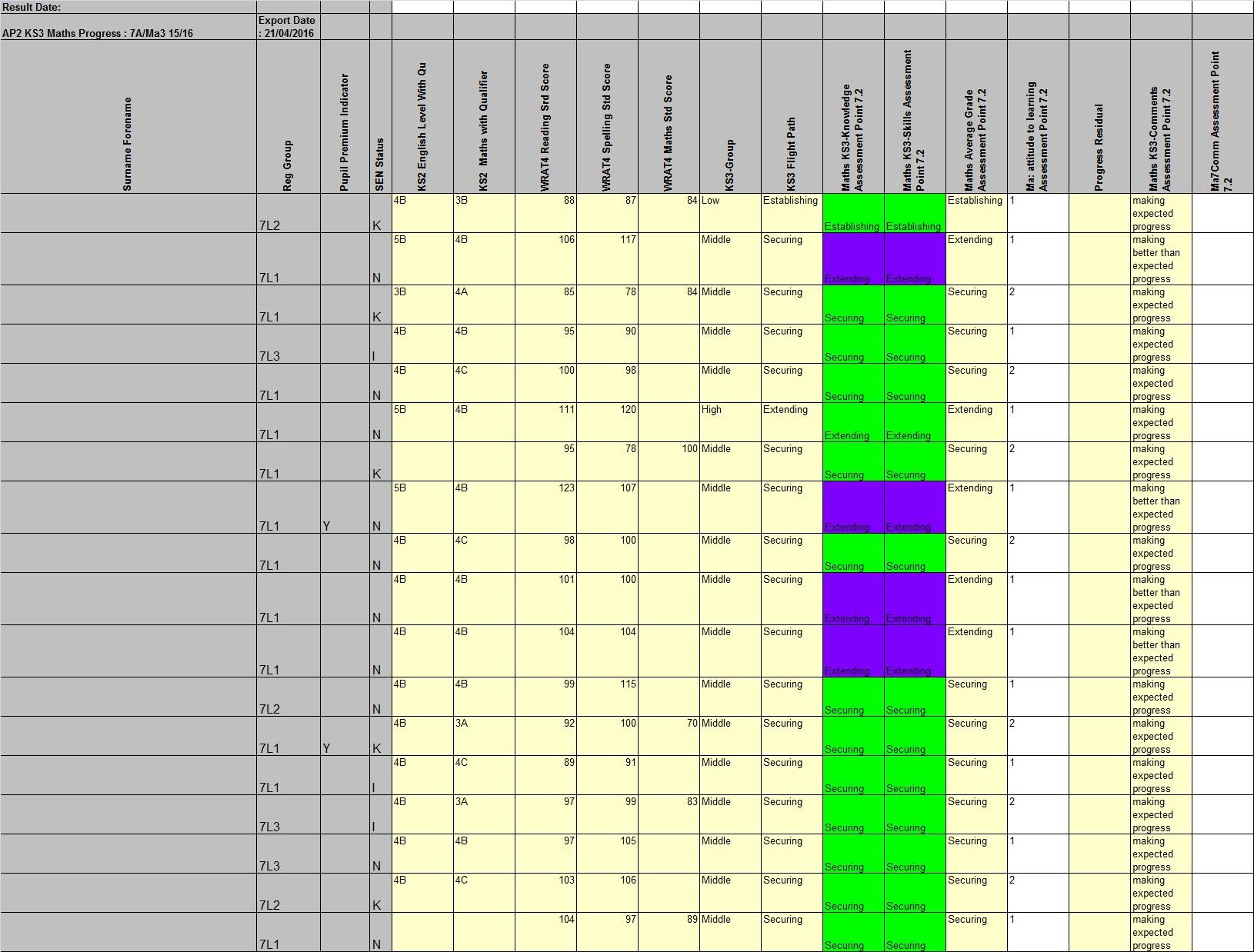


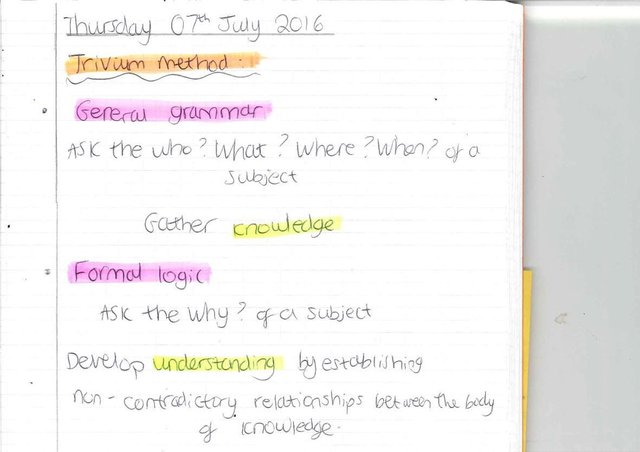


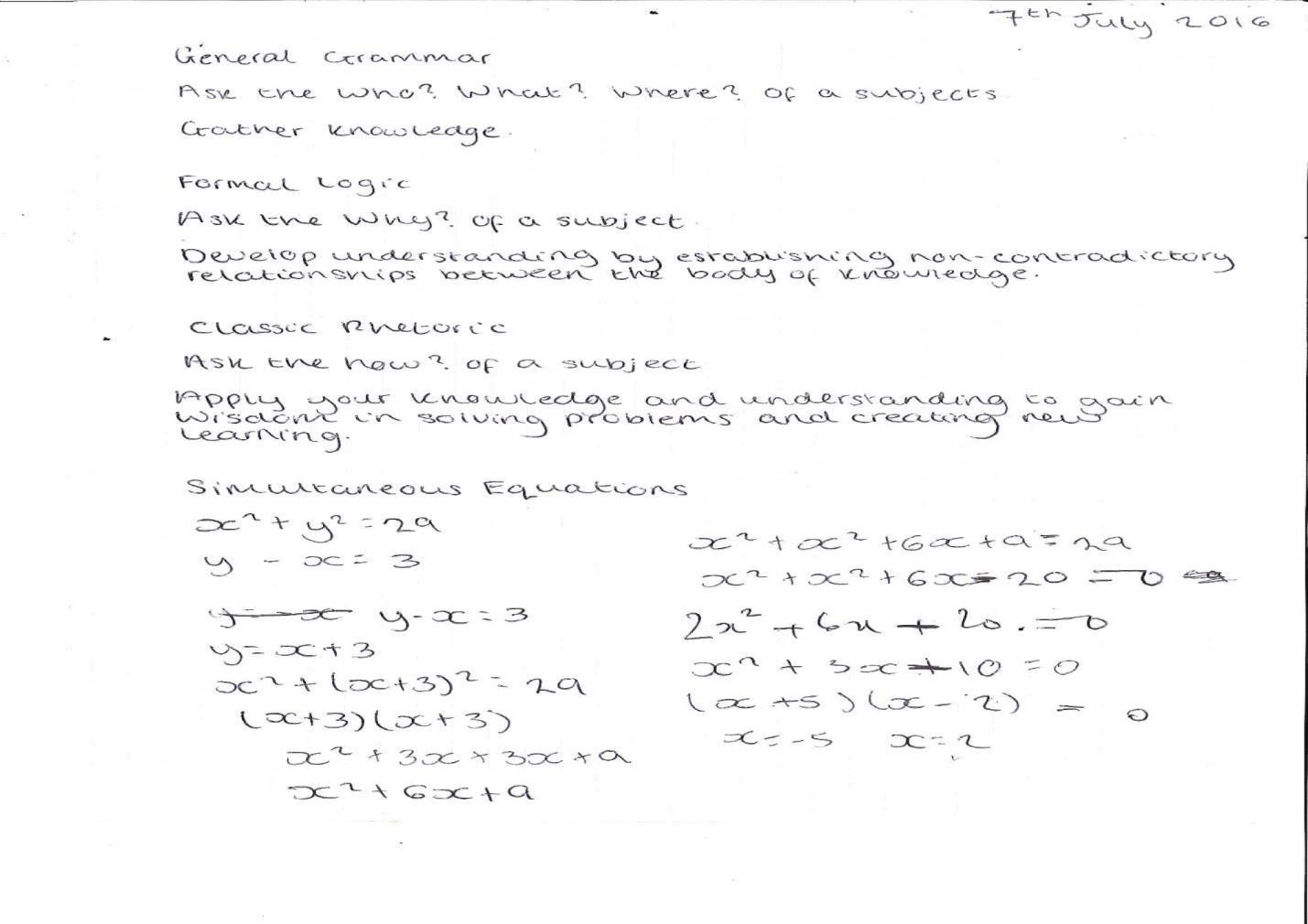

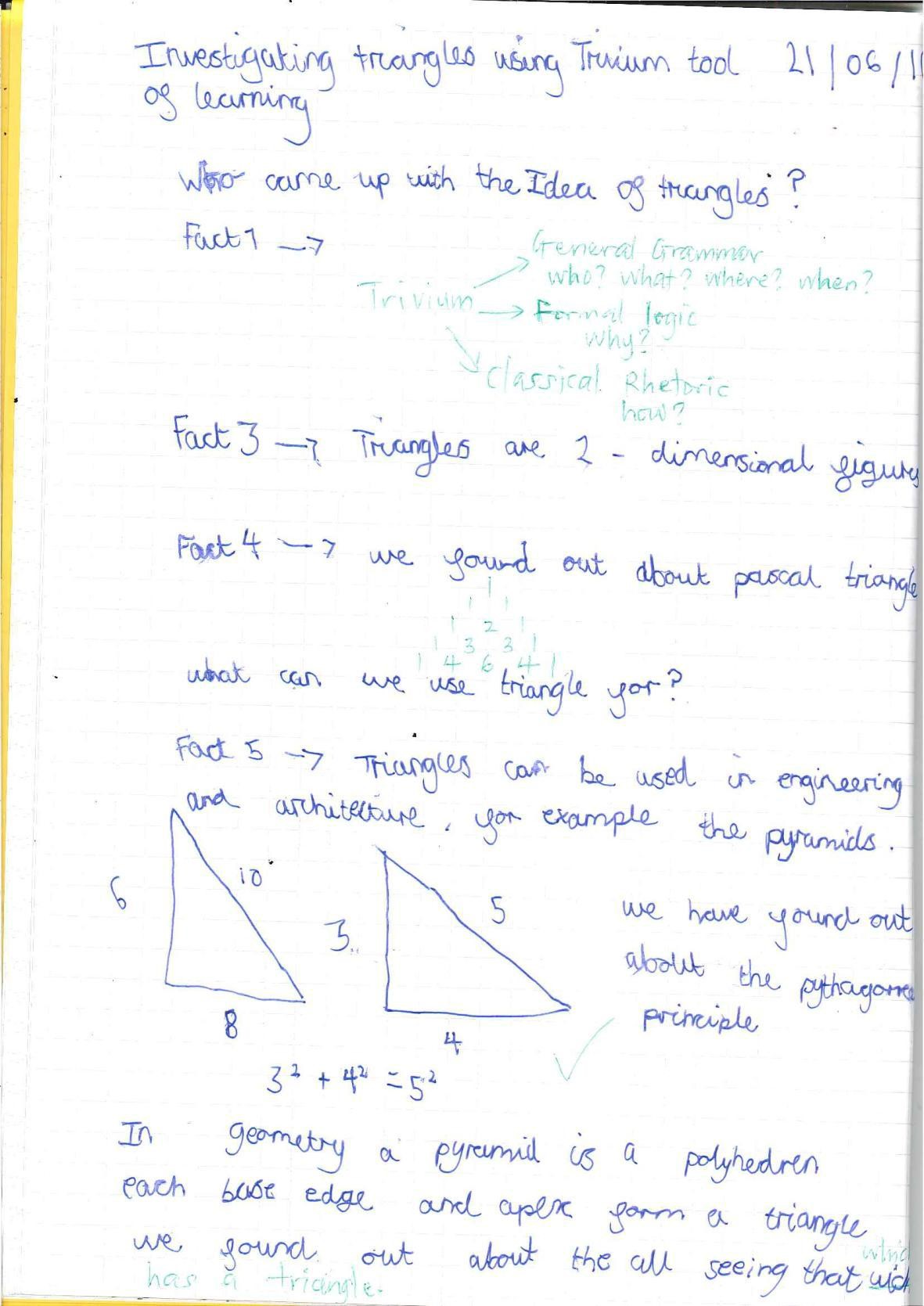
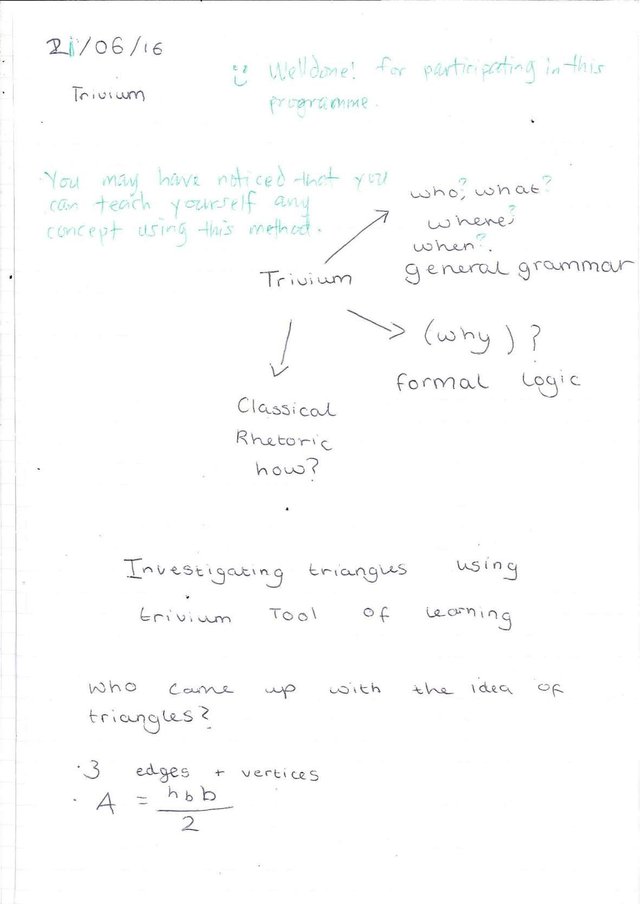

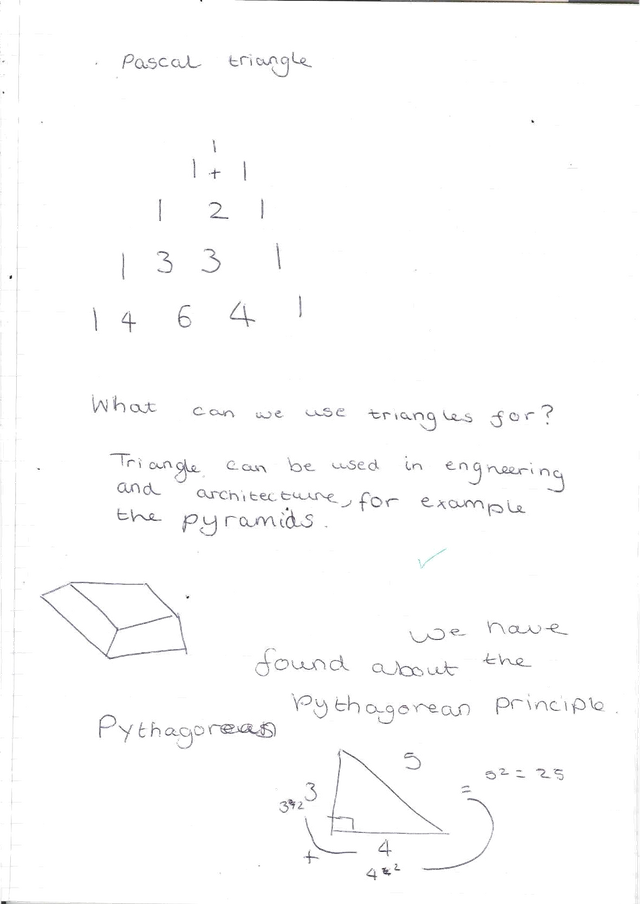

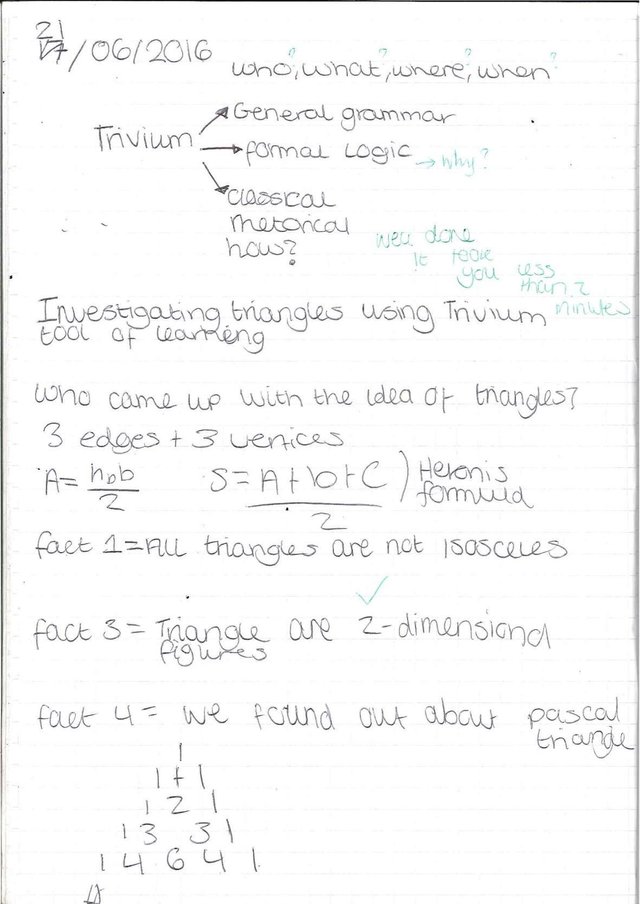
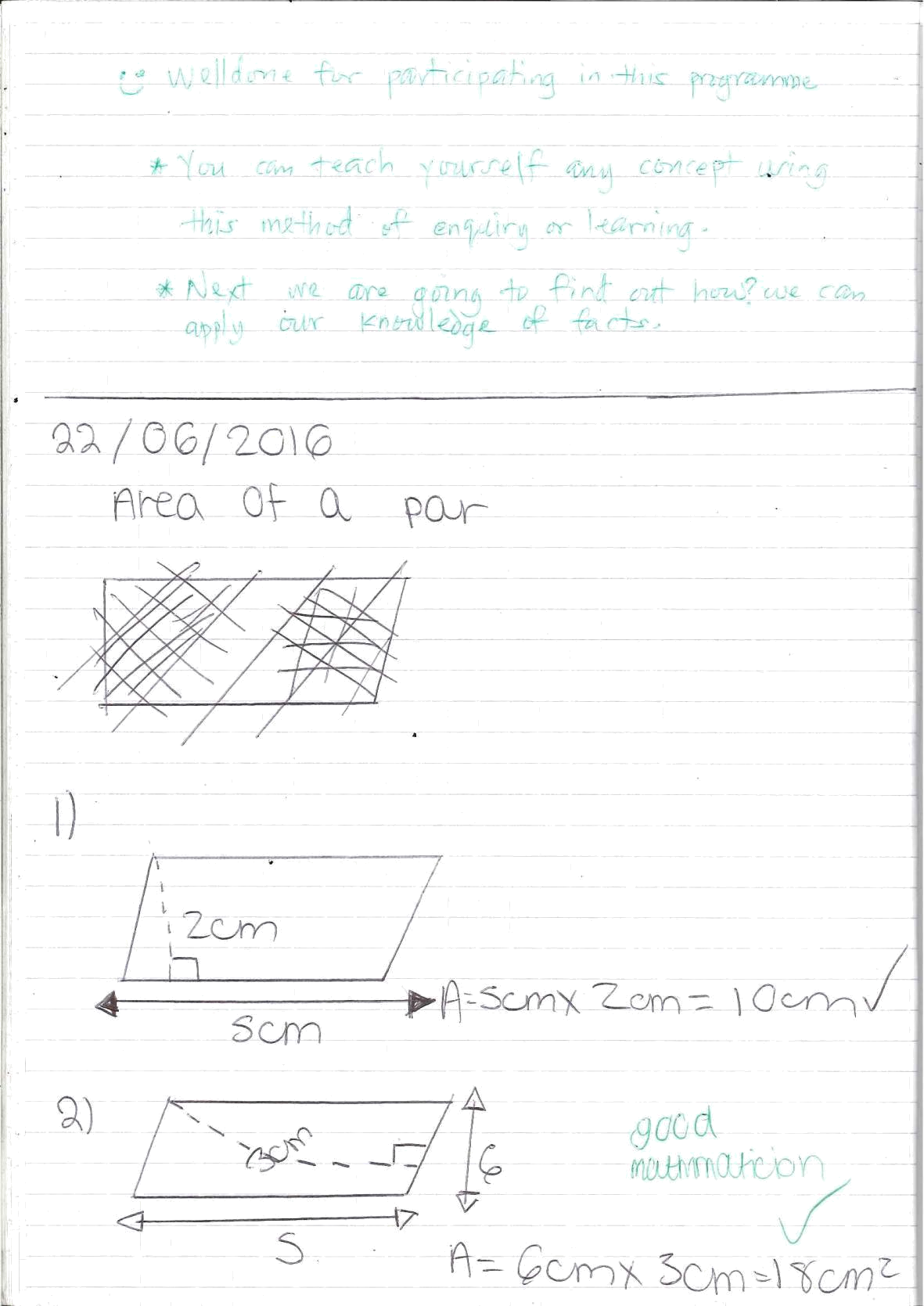
Congratulations @silvervoucher! You received a personal award!
You can view your badges on your Steem Board and compare to others on the Steem Ranking
Do not miss the last post from @steemitboard:
Vote for @Steemitboard as a witness to get one more award and increased upvotes!
Downvoting a post can decrease pending rewards and make it less visible. Common reasons:
Submit